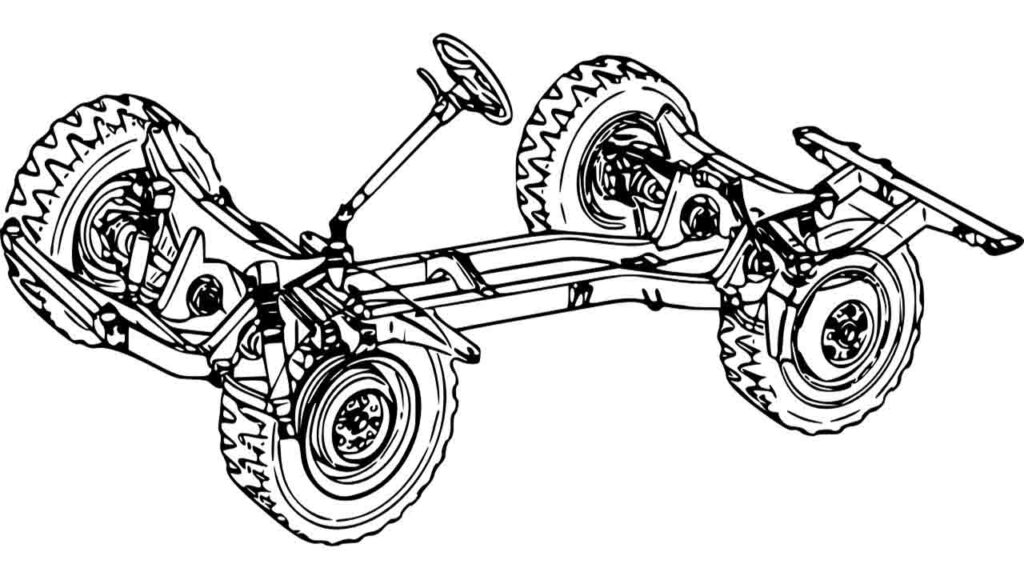Two of the focuses of my blog are Financial Literacy/Money and Business/Entrepreneurship. Some businesses require the use of vehicles. If vehicles are a major expense in your business, they come with a specific of considerations. The following contributed post is entitled, 5 Things To Consider If You Need Vehicles For Your Business.
* * *

Image by Free-Photos from Pixabay
If you’re looking to buy a new vehicle for your business and you don’t know where to begin then don’t worry, you have definitely come to the right place. Whether you’re buying a vehicle that will be used by only you or you’re buying a commercial vehicle for everyone to use, you need to be sure you’re choosing something that is suitable. Although it may be difficult at first, there are lots of questions you can ask yourself to ensure you’re buying the right vehicle. From setting yourself an overall budget to deciding how often you’re going to be using it, the more you think about it the better. With that in mind, here are 5 things to consider if you to buy a vehicle for your business:
-What Is Your Overall Budget?
One of the first things you need to consider when it comes to buying vehicles for your business is your budget, as this will ensure you’re not spending more than you can afford. Whether you’re buying one vehicle or you’re looking at fleet management, you need to ensure you know exactly how much it is you’re able to spend. If it helps, you may want to consider thinking about all of the additional costs that are associated with purchasing a vehicle. From insurance to the cost of gas, you need to be sure you’re thinking of everything.
For a guide to budgeting for vehicles as a business, you can visit this site here.
-What Type Of Vehicle Do You Want To Buy?
Another important thing to consider is the type of vehicle you want to buy. If you’re just using it to make a few small trips each week, chances are you’re not going to need anything too expensive. For those that are looking to transport stock or travel to sales demonstrations, however, you may need to consider buying something that you know is going to be highly functional. From being able to store products and equipment to allowing for long journeys, the more reliable the vehicle the better. For tips and tricks when it comes to choosing the right vehicle for you, you can visit this site here.
-Where Do You Want To Buy It From?
Once you know what type of car you want to buy, you need to think about where you’re going to buy it from. Whether you’re getting it from a local garage or travelling a little further, deciding this in advance is important.
-Are You Buying Brand New Or Second Hand?
Another important thing to consider is whether or not you’re going to be buying something brand new, or whether you’re going to go for something second hand. Although buying something second hand will save you money, you may want to consider whether or not it’s going to be a high enough quality. The best thing to do, of course, is to test drive it in advance.
-Is It Safe?
Finally, you need to be sure you’re buying a vehicle that is going to be safe for all of your staff members to drive. This means buying something that has been checked over recently.
Do you have to buy vehicles for your business? What do you need to consider to ensure you’re buying the right vehicles at a good price? Did we miss anything? Let me know your thoughts and ideas in the comments section below.



